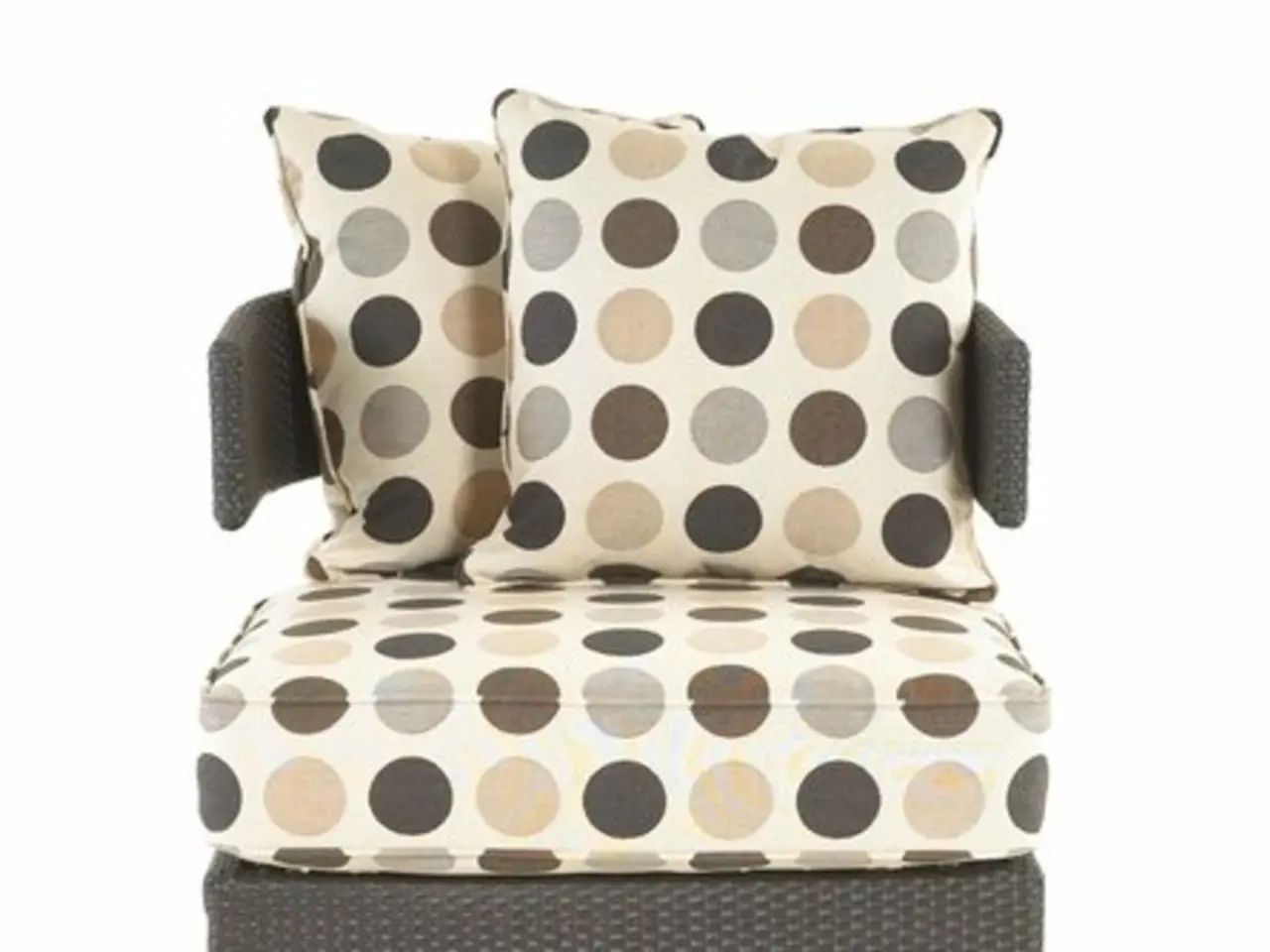Herman Miller's iconic Eames Shell Chair has reached 75 years and above in age.
In the realm of furniture design, few pieces have made as significant an impact as the Herman Miller Eames Shell Chair. First introduced in 1950, this revolutionary chair was the brainchild of Charles and Ray Eames [1][3].
Originally, the Eameses aimed to create a one-piece shell chair using molded plywood. However, production challenges and costs led them to experiment with other materials. For the 1948 International Competition for Low-Cost Furniture Design at the Museum of Modern Art, they turned to stamped metal [1]. Eventually, they discovered the benefits of fiberglass, a material that offered both moldability and durability, making the chair not only beautiful but suitable for high-volume manufacturing [1].
The design process was not without its iterations and setbacks. The Eameses continued to refine the chair, addressing health concerns associated with fiberglass by switching to polypropylene and introducing versions with recycled plastics, wood, and safer fiberglass blends [1]. Despite these changes, the chair's fundamental shell design with a contoured seat and backrest remained, offering ergonomic support with a modern aesthetic [1].
Functional refinements were also made, such as the adjustment of the legs and mounts for increased durability and posture improvements. Innovations like shock-absorbing rubber and metal mounts enhanced comfort and manufacturing ease [1].
The versatility of the Herman Miller Eames Shell Chair is evident in its broad range of bases, upholstery options, and color choices that have expanded over 75 years. Herman Miller continues to update the chair with sustainable materials and new finishes, ensuring its relevance into 2025 [2][4].
The Herman Miller Eames Shell Chair's design was recognized in the Museum of Modern Art's 1948 International Competition for Low-Cost Furniture Design, solidifying its status as an iconic piece of design [2]. Today, it is universally beloved for its ability to adapt to various spaces, from homes and offices to museums and nurseries [2].
In conclusion, the evolution of the Herman Miller Eames Shell Chair represents a path of material innovation and iterative design by Charles and Ray Eames. Balancing form, function, and manufacturability, they created an enduring Modernist icon in furniture [1][2][3][4].
[1] Herman Miller. (n.d.). The Eames Shell Chair. Retrieved from https://www.hermanmiller.com/en/products/classics/eames/eames-shell-chair.html
[2] Design Museum. (2021). Eames Shell Chair. Retrieved from https://designmuseum.org/design/eames-shell-chair
[3] MoMA. (n.d.). Eames Lounge Chair and Ottoman. Retrieved from https://www.moma.org/artifacts/36861
[4] Metropolitan Museum of Art. (n.d.). Eames Lounge Chair and Ottoman. Retrieved from https://www.metmuseum.org/art/collection/search/189630
- The clever use of fiberglass, a material that offered both moldability and durability, was a significant technological advancement in the production of the Herman Miller Eames Shell Chair, enabling it to become suitable for high-volume manufacturing and maintaining its aesthetic appeal.
- The versatility of the Herman Miller Eames Shell Chair is testament to technological advancement, with its range of bases, upholstery options, and color choices expanding over 75 years, and the company continually updating it with sustainable materials and new finishes to ensure its relevance into 2025.




